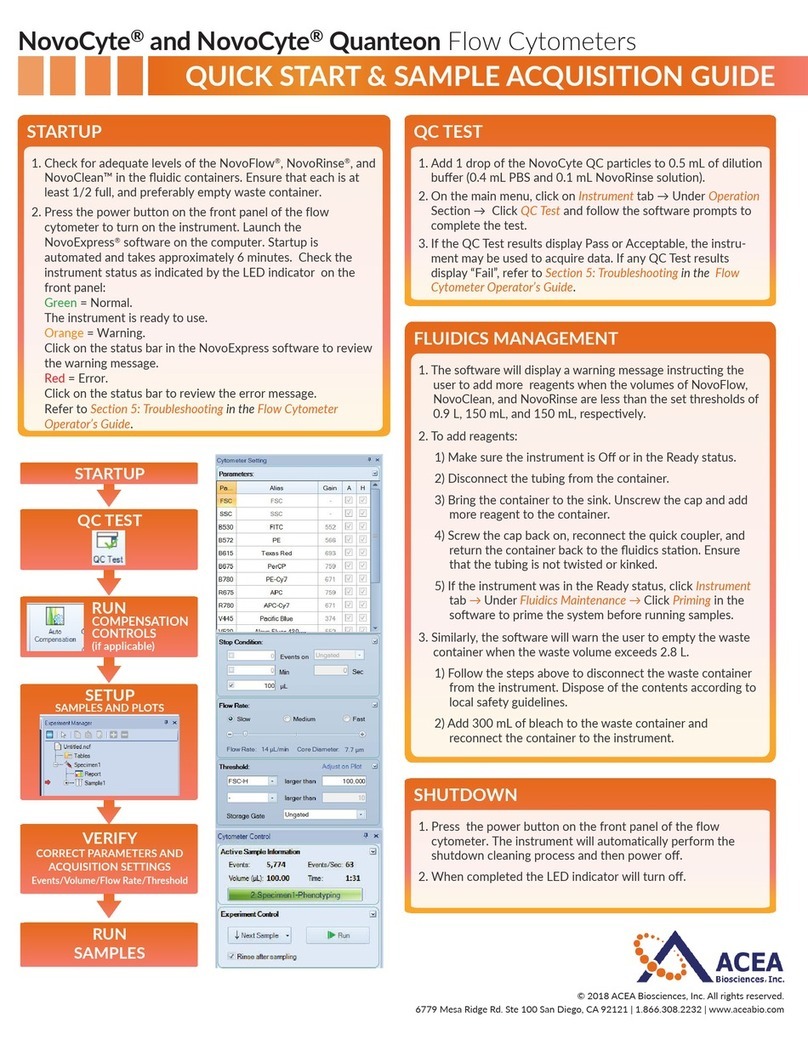3
Table of Content
Prologue 5
I. Revision History .................................................................................................................................................5
II. Contact Addresses ...........................................................................................................................................5
III. Declaration of Conformity............................................................................................................................6
IV. Warranty .................................................................................................................................................................6
V. Trademarks ...........................................................................................................................................................6
VI. Intended Use........................................................................................................................................................6
VII. License Statements for the Instrument................................................................................................7
VIII. Software License Agreement.....................................................................................................................7
IX. Preamble................................................................................................................................................................7
X. Use of the Instrument Operator’s Manual ..........................................................................................8
XI. Conventions Used in this Manual............................................................................................................8
XII. Warnings and Precautions........................................................................................................................ 10
XIII. Disposal of the Instrument ....................................................................................................................... 12
A Overview 13
1. Introduction....................................................................................................................................................... 13
1.1 RTCA SP Instrument ......................................................................................................................................... 14
2. Specifi cations of the Instrument ........................................................................................................... 17
2.1 Specifi cations of the RTCA Analyzer.......................................................................................................... 17
2.2 Specifi cations of the RTCA SP Station ...................................................................................................... 17
2.3 Specifi cations of the RTCA Control Unit................................................................................................... 17
2.4 Specifi cations of the E-Plate 96 ................................................................................................................... 18
2.5 Specifi cations of the RTCA Resistor Plate 96.......................................................................................... 18
B System Description 19
1. System Package ............................................................................................................................................. 19
2. System Description....................................................................................................................................... 20
2.1 Description of the RTCA Analyzer............................................................................................................... 21
2.2 Description of the RTCA SP Station ........................................................................................................... 22
2.2.1 Cradle Pocket and Clamp Plate.................................................................................................................... 23
2.2.2 RTCA Protector Shield 96 and RTCA Contact Pins 96......................................................................... 23
2.3 RTCA Control Unit ............................................................................................................................................. 24
2.4 E-Plate 96 and RTCA Resistor Plate 96 ..................................................................................................... 25
2.5 RTCA Frame 96................................................................................................................................................... 26
2.6 RTCA Software.................................................................................................................................................... 27
2.7 RTCA Cleaning and Replacement Equipment ........................................................................................ 27
3. Installation ......................................................................................................................................................... 28
3.1 Installation Warnings........................................................................................................................................ 28
3.2 Unpacking ............................................................................................................................................................ 28
3.3 Space and Power Requirements.................................................................................................................. 29
3.4 Environmental Requirements........................................................................................................................ 29
3.5 Installation of the RTCA SP Instrument .................................................................................................... 29
3.6 Resistor Plate Verifi cation of the RTCA SP Instrument........................................................................ 31






























